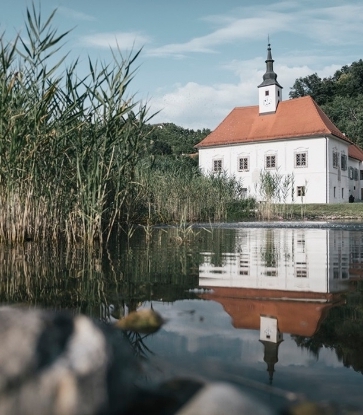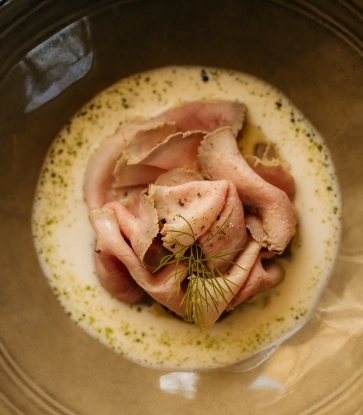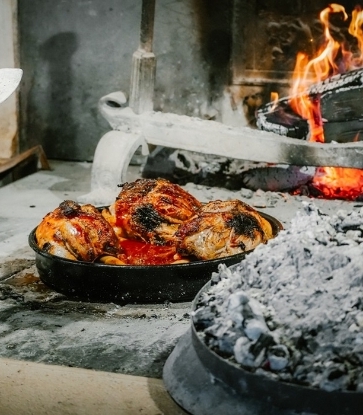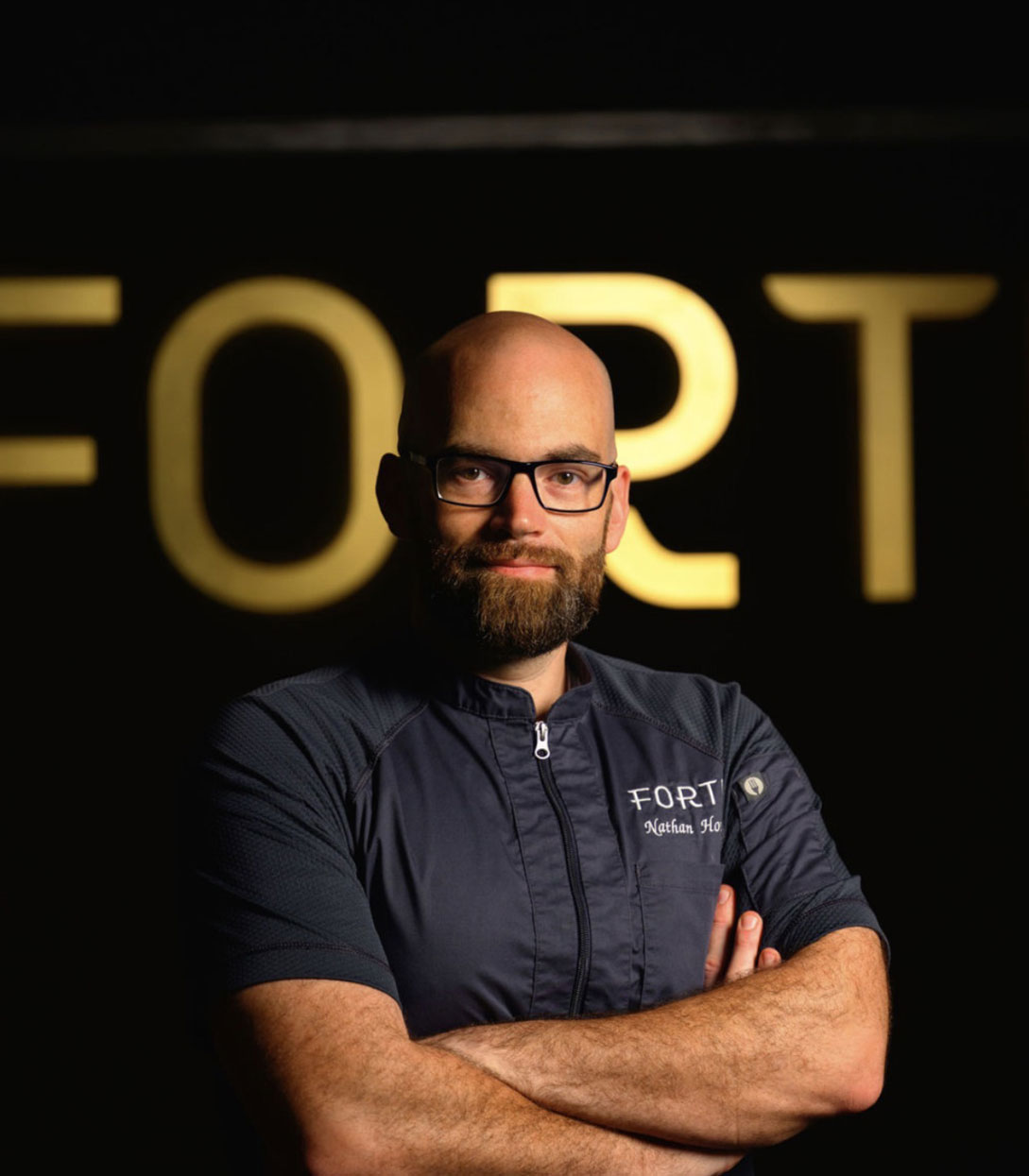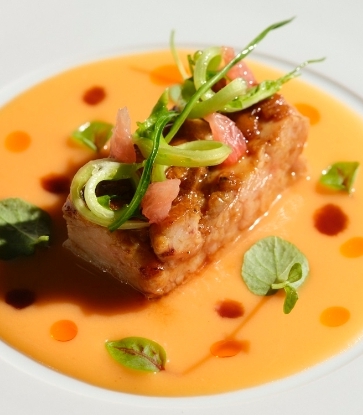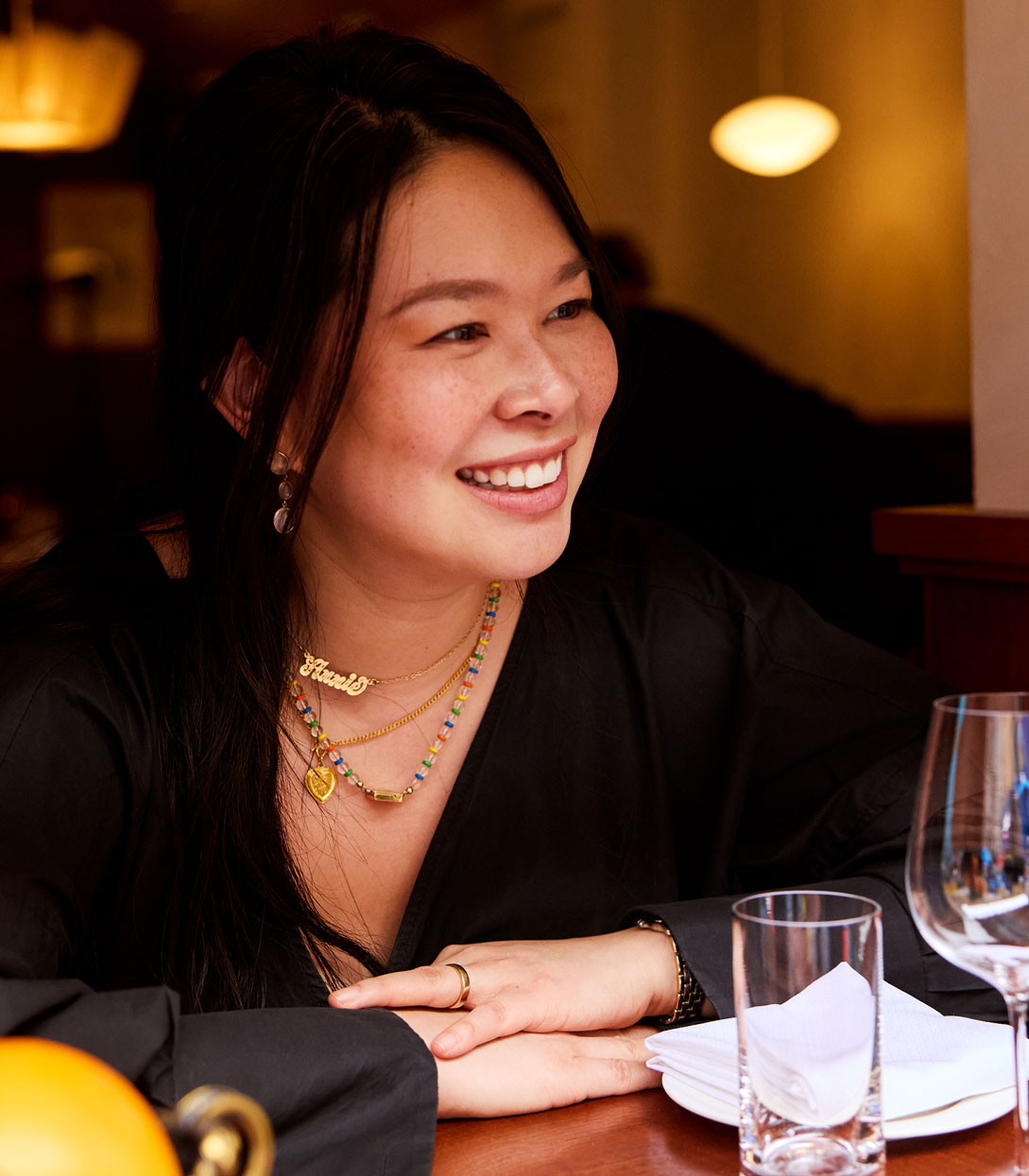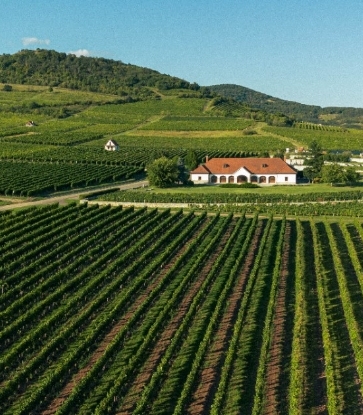Chardonnay - first of all - Pinot Nero and Pinot Bianco are vinified according to the champenoise method. The Franciacorta wines reveal a very fine and persistent perlage and have a straw yellow color with golden reflections. On the nose and then on the palate, citrus notes, touches of white fruit (apple, peach, pear) and dried fruit (almond and hazelnut, in particular).
“Respecting the land used for cultivation and putting it to good use is the only way to guarantee a future for generations to come”, says Cà del Bosco owner Maurizio Zanella, one of the most renowned and thriving wineries in the region. “At Cà del Bosco we began converting to organic production in the early 2000s and completed the conversion of our entire 250-hectare estate by 2019. In our winery, we produce one of the most technically complex wines on the market but, notwithstanding the delicate procedures required by the classic method (along with the importance of vineyard orientation and many other factors that influence the quality of the wine produced), I believe that it is fundamentally important to remember that there are no magic tricks in nature”.
Maurizio Zanella’s comments emphasise how, in the 50-year history of Cà del Bosco (one of the most successful and renowned wineries in the region), the focus on agronomics has gone hand in hand with methods aimed at protecting the soil and the region’s traditions, ensuring that these are combined with well-considered technological innovations: “I remember our business was one of the first to use machinery for washing and drying grapes. Many people laughed at us”, recalls Zanella, “and many others considered this to be almost blasphemous, as water – especially after the adulteration scandals of the 1970s – was considered by many winemakers to be the work of the devil! In fact, our “berry spa” (used to enhance the grapes) is a highly beneficial process as it detaches the grapes and purifies them in a completely natural way. This washing process is basically taken from a technique used in the fruit and vegetable industry and although we are one of just five producers across the globe to use this technique, I would suggest that in the next 50 years it will become a standard feature of wine production in every winery.”

With six patents created specially to improve its production processes and to enhance the quality and value of its own wines, Cà del Bosco (which boasts one of the most extensive wine-growing areas in Franciacorta) is, together with Berlucchi and Bellavista, one of the jewels in the Franciacorta consortium’s crown. “Franciacorta has an almost magical alchemy”, says Zanella with a smile, “in which a whole host of factors such as altitude, orientation and particular soil characteristics result in high-quality wines which need very little sugar to taste good”. The many accolades received by the most famous Franciacorta wines, the arrival of emerging properties run by young winemakers, and the collective commitment of the consortium based in Erbusco to preserve, defend and maintain the excellence of this unique wine, all underline the ultimate desire to improve the appeal of these increasingly famous wines, which are moving ever closer to their production plateau. In 2021, around 20 million bottles were produced by the 200 members of the consortium, including vintage, non-vintage (such as Satèn and Rosè) and special Reserve bottles (the latter, according to the dictates of wine production, should only be drunk 67 months after the grapes were harvested). Land suitable for future cultivation is quickly running out, however, precisely because – according to Zanella – there are few plots of land available: “the number of bottles produced annually could reach a maximum of 26 million and it is this limit which will encourage wineries to pursue a quality-focused approach”.

Hero image ©Consorzio Franciacorta








